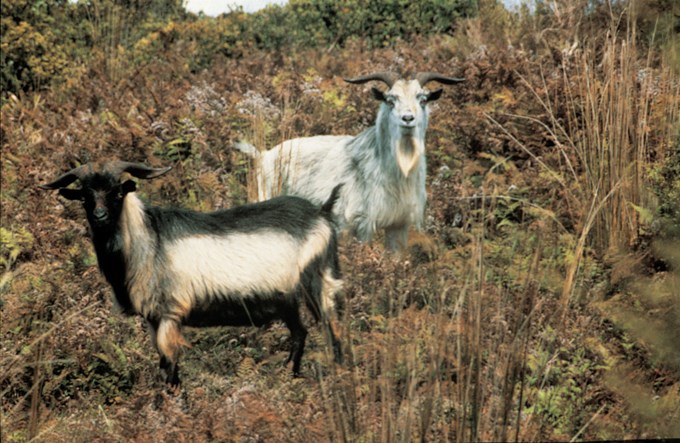Goat numbers in the Hunua Ranges are at an all-time low but a targeted surveillance programme is required to keep it that way.
Biosecurity manager Phil Brown says the council has been working for more than a decade to eradicate goats in the Hunua Ranges Regional Park with significant success.
“While it’s true that this year’s programme didn’t identify any goats for culling – which is great news in terms of numbers in the ranges – the surveillance programme is an equally important aspect of managing the threat of goat-related impacts on this forest.
“Goats can re-establish a large population from just a few individuals – this is why it is important to continue intensive surveillance for a couple of years to eliminate any remaining animals.
Auckland Council is operating a successful goat control programme in the park. Since 2009, the programme has seen a successful reduction in numbers, with 174 goats culled in 2009, to zero culled in 2017.
Goats and native forest
The parkland is rich in native flora and fauna, but goats have caused widespread damage. They are one of the most damaging pest species in New Zealand. Famously unfussy eaters, they browse their way through the forests, destroying the undergrowth and seedlings, preventing the regeneration of the forest. Goats are also prolific breeders, and hardy too, with kids’ survival rate around 90 per cent. If left uncontrolled, their numbers rapidly rise.
Our professional hunters use a technique called the ‘wall of death’, which involves a small group of hunters sweeping through large areas of forest – many thousands of hectares – accompanied by indicator and bailer dogs. The indicator dogs detect mobs of goats, and the bailer dog is used to round up any goats that evade culling.
Each cull is marked with GPS and our professional hunters return to the same locations to ensure no goats remain. As goat population numbers decline, the costs of the search effort will increase as it takes longer to find any animals.
Malcolm Harrison, Auckland Council’s Senior Biosecurity Advisor - Animals, says this is an extremely efficient hunting technique.
“We have dramatically reduced the number of goats in the Hunua Ranges Regional Park, but we still need to be vigilant,” he says.
Volunteers vs professional contractors
The council often gets asked whether animal pest management can be carried out using volunteer resources or recreational hunting.
“When we contract for pest control, public safety and success in reducing goat numbers are our priority. Our tender process is weighted towards hunters with an exemplary success rate.
“Using professional hunters allows us to ensure we have the correct controls and health and safety protocols in place – for example, we can put in controls around minimising the spread of kauri dieback disease.
“Recreational hunters are selective in the animals culled, in order to sustain future hunts, while professional hunters are required by contract to cull any goat, regardless of age or sex, with the intention of eradicating the feral population. This helps reduce the costs, as the longer eradication takes the more it costs, both economically and environmentally, and the greater the risk of failure.”
“With this work carried out on public land, where people work and recreate every day, it is important that we can manage all of our health and safety obligations,” he says.
A sentinel goat programme is due to be implemented within the next 12 months in the Hunua Ranges to check for any goats not detected by dogs and hunters. A goat with a tracking collar will be introduced into the park, where it will radio tracked as it searches for other goats to socialise with. If it finds other goats, they will be culled. This is a proven technique for finding goats in low population areas.


